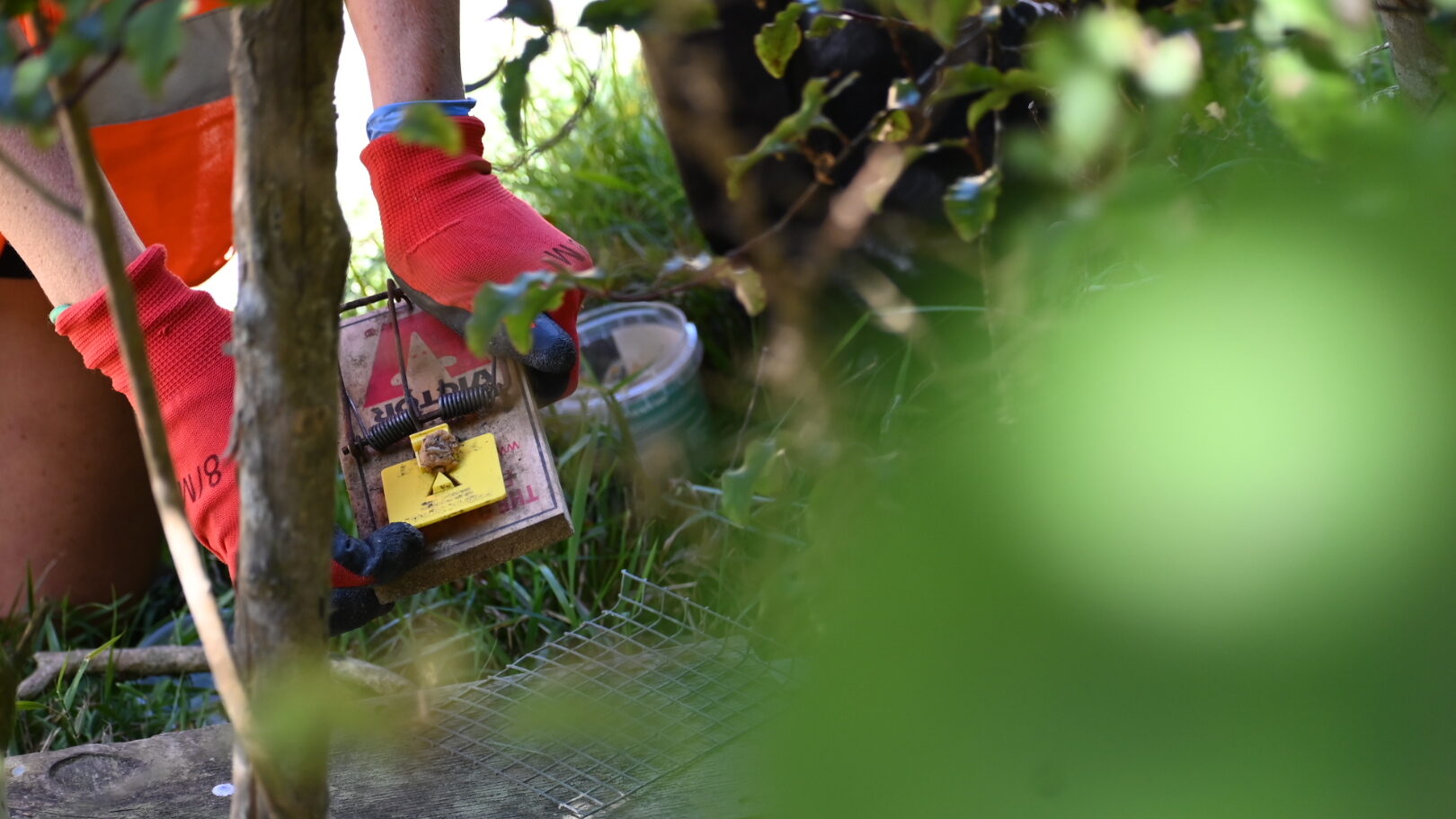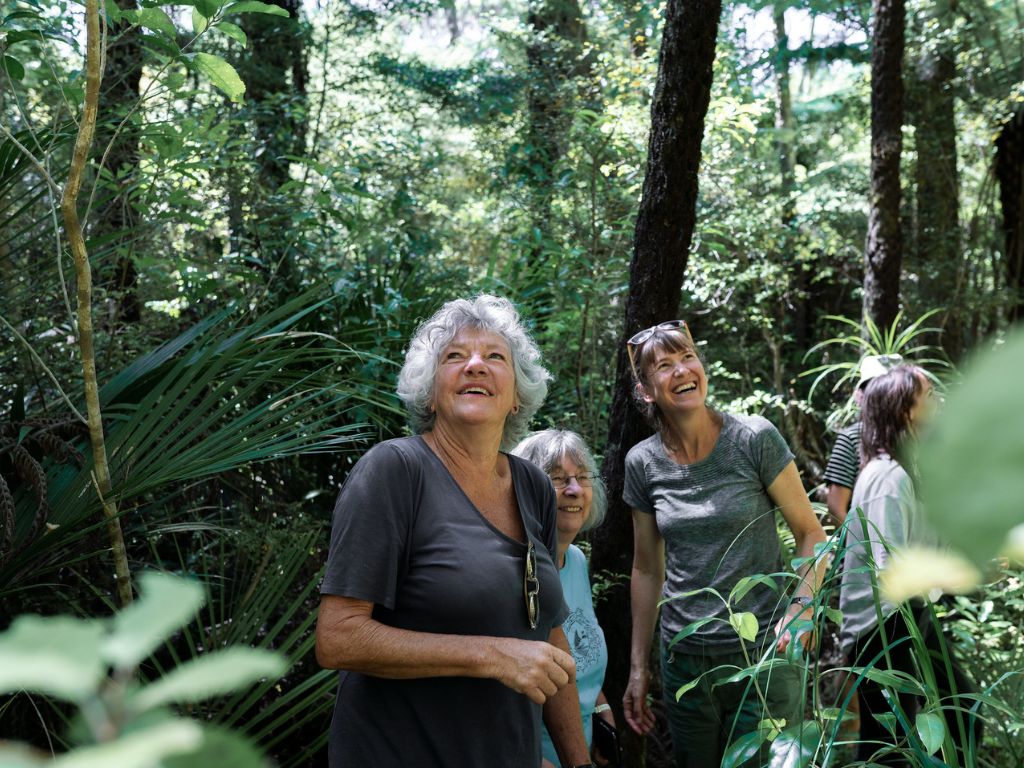The predator free movement is steadily gaining momentum, with nearly 40% of New Zealanders aware of the Predator Free 2050 mission, according to a new survey. Plus, over 56% support national legislation requiring the desexing and microchipping of owned cats.

The Predator Free 2050 mission has become a rallying cry across Aotearoa, encouraging many New Zealanders to commit to preserving nature. As we revisit our research conducted two years ago, the new 2024 findings (PDF, 9 MB) reveal a landscape marked by increased awareness, growing participation and broad agreement on cat controls.
Here are some key insights from the 2024 report.
Surging awareness
Awareness of the Predator Free 2050 mission has experienced a surge, with 39% of New Zealanders now familiar with the initiative. This statistically significant upward trend from 2022’s awareness underscores the public’s deepening commitment to conservation efforts, with more individuals recognising the importance of protecting native biodiversity and ecosystems.
Predator Free New Zealand Trust chief executive Jessi Morgan says, “What’s incredible to me is that this awareness has grown with no major advertising campaigns. It feels like this movement is born out of a love of our taonga species—it’s something truly grassroots.”
More getting hands-on
53% of New Zealanders are currently involved in some conservation activity. Overall, that willingness to participate has grown, with 47% expressing readiness to plant native species and 34% eager to engage in trapping invasive predators, a major uptick from previous years.
Strong local love
Regions with robust predator control projects are witnessing notable growth in awareness and engagement. Wellington, in particular, has emerged as a shining example, with awareness levels rising from 38% to 53%, likely propelled by the ecosanctuary Zealandia, Capital Kiwi bringing kiwi back to the hills of the capital and Predator Free Wellington clocking up a significant eradication success on the Miramar Peninsula.

Cat control consensus
On top of the growing support for national cat legislation, there is a growing consensus on the need to address feral cat populations, with 64% of New Zealanders supporting active reduction on public conservation land. Strong support from regions like the East Coast (67%) and Upper South Island (73%) underscores the recognition of feral cats as a significant threat to native wildlife.
Opinions about domestic cats continue to follow the same trend, with more than two-thirds of all New Zealanders (and cat owners specifically) remaining supportive of micro-chipping and de-sexing their cats.
Demand for resources and innovation
As enthusiasm for predator control grows, so does the demand for increased investment and better tools. New Zealanders call for more significant government funding (54%) and accessible traps, bait, and equipment (58%), recognising the importance of sustained support and innovation.
“It is clear that there is a significant increase in awareness of not just the importance of this work but also the challenges around it.
“To be predator free by 2050 is within reach, but requires proper investment and long-term support so we can continue to grow and care for te taiao. This is a nationwide effort and something that all Aotearoa can be proud of,” says Jessi.

